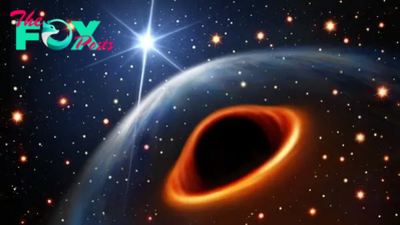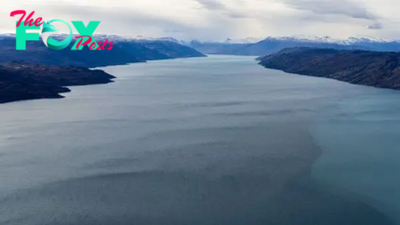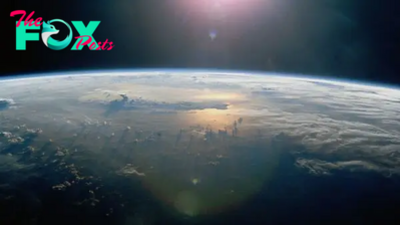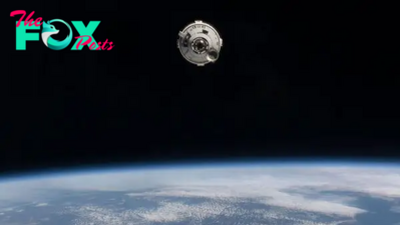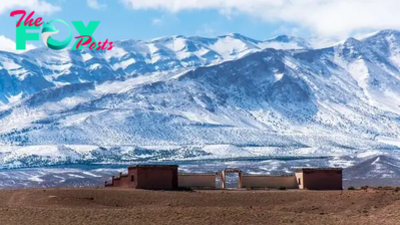Science
Lake Kivu: The ticking time bomb that could one day explode and unleash a massive, deadly gas cloud
Name: Lake Kivu
Location: East-central Africa, straddling Rwanda and Congo
Coordinates: -1.914891119034228, 29.198902180922207
Why it's incredible: The lake contains huge amounts of explosive carbon dioxide and methane.
Lake Kivu is a giant body of water that is so saturated with carbon dioxide (CO2) and methane at its depths it could explode without warning. Two other lakes in Africa have a similarly deadly chemistry — lakes Nyos and Monoun in Cameroon — which have both exploded in the past 40 years, killing a total of nearly 1,800 people and thousands of Animals.
Lake Kivu is one of the African Great Lakes that straddle a tectonic plate boundary called the East African Rift. In the rift, the Somalian tectonic plate is drifting eastward and away from the rest of the continent on the Nubian plate. (The Somalian plate is also known as the Somali plate, and the Nubian plate is also sometimes called the African plate.) This movement leads to volcanic and seismic activity in the region, which in turn funnels gases from deep inside Earth's crust to the surface — and into Lake Kivu's depths.
Related: Last Chance Lake: The unusual 'soda lake' with conditions that may have given rise to life on Earth
Lake Kivu is much bigger than either Lake Nyos or Lake Monoun, stretching 55 miles (90 kilometers) long, 30 miles (50 km) wide and up to 1,560 feet (475 meters) deep. The lake has an unusual, layered structure, with only the top 200 feet (60 m) of water mixing regularly and the lower layers remaining stagnant, Sergei Katsev, a professor of physical and geochemical limnology at the University of Minnesota Duluth, told National Geographic. This strict separation means that CO2 and methane bubbling up from the lakebed become trapped and accumulate in the bottom layer, 850 feet (260 m) deep and below, he said.
Roughly 72 cubic miles (300 cubic kilometers) of CO2 and 14 cubic miles (60 cubic km) of methane sit at the bottom of Lake Kivu, Katsev said, which is also laced with hydrogen sulfide gas from the depths of Earth's crust.
And this toxic cocktail could soon explode across the surrounding, densely populated region, Katsev said.
An explosion would release a huge cloud of gas that would hang over the lake for days to weeks and eventually dissipate into the atmosphere, Philip Morkel, an engineer and founder of Hydragas Energy, a company based in Canada that is planning to extract methane from Lake Kivu to produce electricity, told National Geographic. "When the lake reaches 100% saturation [in the bottom layer] — and it is currently somewhere over 60% — it will erupt spontaneously," Morkel said.
-

 Science23h ago
Science23h agoWorld's loneliest tree species can't reproduce without a mate. So AI is looking for one hidden in the forests of South Africa.
-

 Science1d ago
Science1d ago'I'm as happy as I've ever been in my life': Why some people feel happiness near death
-

 Science1d ago
Science1d ago'Spectacular and definitely hazardous': Yellowstone geyser erupts, firing steam and debris over nearby tourists
-
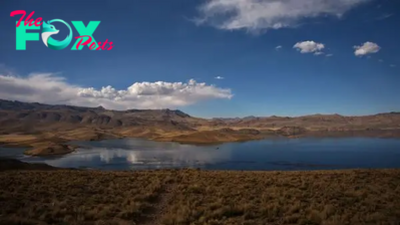
 Science2d ago
Science2d agoAndes region formed in 4 stages over the last 24 million years, new modeling study suggests
-
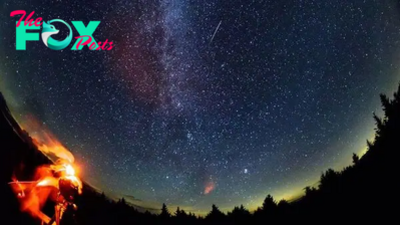
 Science2d ago
Science2d ago'Double' meteor shower will light up the skies next week. Here's how to watch.
-
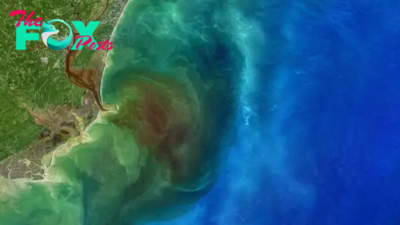
 Science3d ago
Science3d agoEarth from space: 'River of tea' bleeds into sea after Hurricane Sally smashes into US coast
-
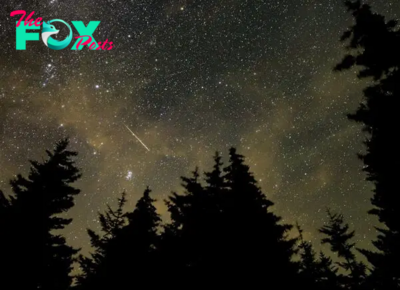
 Science3d ago
Science3d agoThe best meteor showers of 2024 are yet to come. Here are the key nights to watch for.
-

 Science3d ago
Science3d agoDiscovery of 'dark oxygen' from deep-sea metal lumps could trigger rethink of origins of life
